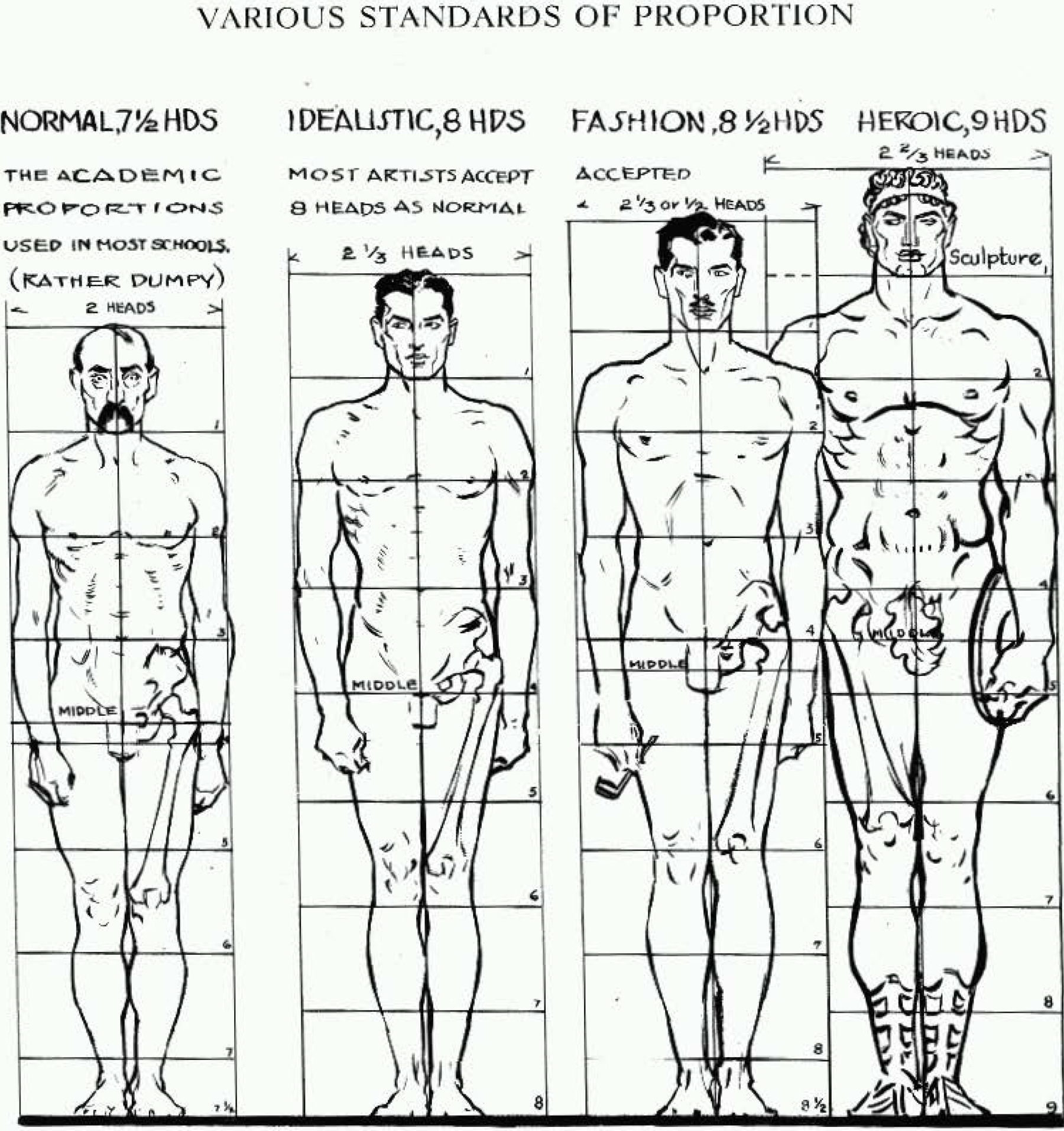Table Of Content

It can help you determine whether a composition will be successful or determine the missing piece of the puzzle. A good proportional design is easy on the eyes and creates harmony and balance between the elements. It gives a clear picture of what is supposed to be seen and brings a visual hierarchy to your design. Emphasis is the use of contrast and focal points to draw attention to certain elements within a room. It can impact proportion in interior design by creating a sense of visual weight and balance.
Application of the Golden Ratio in Design and Art
Natural light is an excellent way to create a sense of proportion in interior design. When designing a room, it’s essential to consider the direction of the sun and how it will affect the space. For example, east-facing rooms tend to receive more natural light in the morning, while west-facing rooms receive more light in the afternoon.

How do I choose the right scale and proportion for my design project?
Rand Morris, NCIDQ School of Hospitality Administration - Boston University
Rand Morris, NCIDQ School of Hospitality Administration.
Posted: Wed, 29 Jul 2020 20:21:44 GMT [source]
Remember that balance isn’t just symmetry—it’s about crafting a purposeful direction for the eyes to follow, creating narratives within the canvas, be it print or pixels. Design doesn’t exist in a vacuum, and culture colors our lens on proportion and scale. So yeah, ignoring proportional relationships is practically inviting trouble. It can morph into visual chaos with no clear entry point or visual flow.
Contrast in Graphic Design
Things on a human scale are the size we expect them to be in relation to the norm. American sculptor Claes Oldenburg and his wife Coosje van Bruggen create works of common objects at an unexpected and enormous scale. Their Spoonbridge and Cherry at the Walker Art Center in Minneapolis weighs almost 7000 lbs. As big as it is, the work retains a comic and playful character, in part because of its gigantic size. This kind of sculpture lends itself to public art because it appeals to most viewers of all ages. Following are other types of principles of design that use the principle of scale & proportion.
Impact Of Texture and Harmony For Proportion
As a result, the user’s experience remains consistent between devices, as the main purpose of the UI remains the center of attention. Now that we’ve covered some methods for establishing proportion in UI Design, let’s discuss some great starting points. By starting with constraints first, it’s easier to build your UI around those constraints.
So, we adjust our scales and ratios, tuning into the cultural frequencies. It’s part aesthetic, part psychology—and a whole lot of adaptability. Scale guides users’ eyes to what’s important—like those ‘Sign Up’ buttons. They dictate the ebb and flow of the design, how each piece fits in the puzzle. Think of the golden ratio as a VIP backstage pass; it’s your entry to the inner circle of design gods. The iconic Coca-Cola bottle design is a classic example of proportion in packaging.
The Importance of Scale and Proportion in Interior Design
Download the template we used here and pop it on some of your designs to see how close you’ve come without even thinking about it. And the canvas can cause all kinds of issues when it comes to the golden ratio. You don’t know what browser size someone might use or the ratio might not fall in line with a specific print size. Get unlimited downloads of 2 million+ design resources, themes, templates, photos, graphics and more.
Watch: The Ultimate Guide to Film Composition
Master Scale and Proportion Like a Seasoned Decorator - Architectural Digest
Master Scale and Proportion Like a Seasoned Decorator.
Posted: Wed, 10 Aug 2016 07:00:00 GMT [source]
The proportional design ensures that interactive elements are uniform, making navigation intuitive. This enhances the user experience by providing a visually cohesive and predictable interface, ultimately contributing to a more user-friendly environment. Rhythm in art is usually not as obvious as the design principles of repetition and pattern. In the example below, the diagonal lines aren't arranged in a specific pattern. You can apply contrast by using colors, textures, sizes, and shapes.
This refers to the empty space in a room, which can be just as important as the objects within it. By using white space effectively, designers can create a sense of openness and airiness in a room, making it feel larger and more spacious. One way to achieve proportion with art is to consider the size of the piece in relation to the wall it will be hung on. Large pieces of art can be used to create a focal point in a room, while smaller pieces can be grouped together to create a gallery wall. It’s important to consider the scale of the furniture in the room as well so that the art doesn’t overpower or get lost in the space.
In the example below, movement is created by the slightly curved lines and the overlapping colors. Both effects enhance the movement because the lines are unstable and the gradient blurs the lines instead of being static. In the example below, the pattern repeats itself from edge to edge without any disruptions. The pattern is composed of multiple elements with varying sizes and depths. Have you ever wondered what goes into the creation of a successful design piece?
Both of these can be easily be accomplished by DIY decorators, and neither one costs a dime. An artist has many tools at their disposal that they utilize in a way that contributes to their own style. Proportion is one of these tools that can be used in various ways to shape how their art is perceived by a viewer and the story or emotion it creates within them.

No comments:
Post a Comment